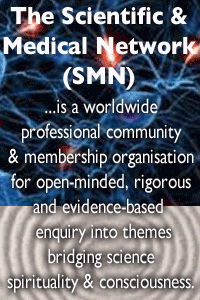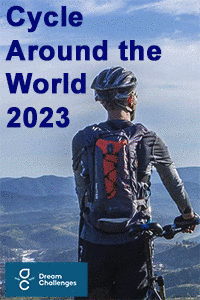Positive Health Online
Your Country

Research: BRTKO and COLLEAGUES,
Listed in Issue 307
Abstract
BRTKO and COLLEAGUES, (1)Institute of Experimental Endocrinology, Biomedical Research Center, Slovak Academy of Sciences, Bratislava, Slovakia; (2)Department of Endocrinology, Slovak Medical University and St. Elisabeth Institute of Oncology, Bratislava, Slovakia conducted a mini-review of selenium and also proposed novel directions of organoselenium compounds or selenium nanoparticles in cancer therapy
Background
The present mini-review traces the road leading to discovery of selenium, formerly appointed as a toxic element that became later a bio-element, which is necessary for the proper functioning of living organisms.
Methodology
Selenium occurs in human and animal bodies either in the form of seleno-L-cysteine or its dimeric form seleno-L-cysteine as a crucial component of selenoenzymes or selenoproteins.
Results
Selenium atom represents an integral component of the enzyme active site of different forms of glutathione peroxidase, which catalyzes conversion of hydrogen peroxide and organic hydro-peroxides into the water and corresponding alcohols. A revolutionary breakthrough in the field of endocrinology came with the identification of different forms of iodothyronine deiodinase as selenoenzymes, which play an important role in the metabolism of thyroid hormone.
Conclusion
The role of selenium in immune function and autoimmune thyropathies (or autoimmune thyroid diseases, AITDs) that might be associated with selenium deficiency are reported and discussed. This mini-review also brings forward novel directions of organoselenium compounds or selenium nanoparticles in cancer therapy. Based on the update of available literature and the author's experimental experience, the mini-review can be devoted to clinicians and medical students.
References
Brtko J(1), Podoba J(2), Macejova D(1). Selenium - its role in physiology and endocrinology and as organoselenium compounds in oncology: A minireview.. Endocr Regul.;58(1):233-241. DOI: 10.2478/enr-2024-0028 . . 21 Nov 2024.



